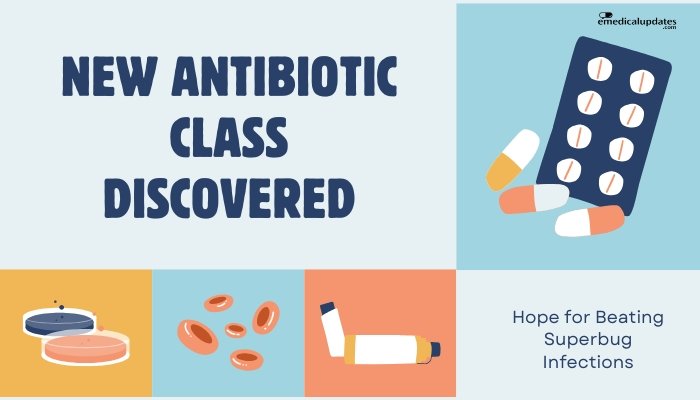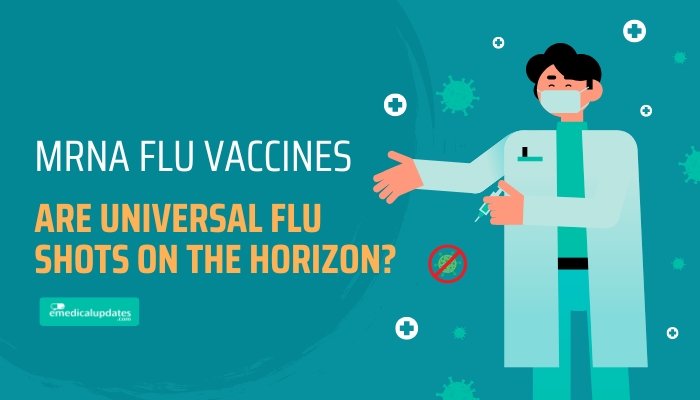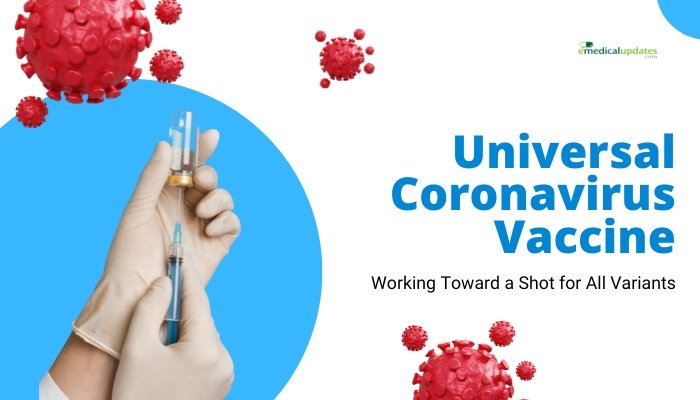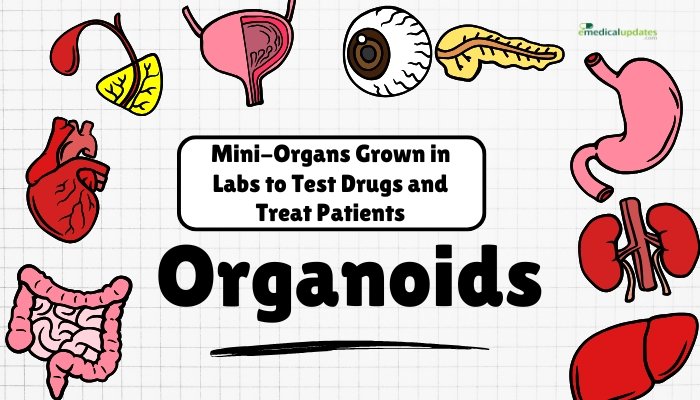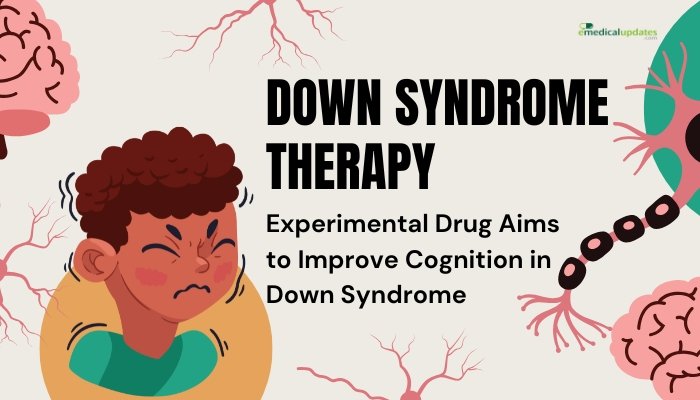Introduction
Gonorrhea, caused by the bacterium Neisseria gonorrhoeae, is one of the most common sexually transmitted infections (STIs) worldwide. Historically, it was treatable with a simple course of antibiotics.
However, N. gonorrhoeae has evolved resistance to many first-line drugs—penicillins, tetracyclines, fluoroquinolones, and more—leading the World Health Organization (WHO) to classify it as a “high priority” pathogen in urgent need of novel treatments.
Recently, researchers have made strides in developing new antibiotics or improved therapies to outmaneuver multidrug-resistant gonorrhea, offering renewed hope against this difficult-to-treat infection.
In this article, we explore the current state of gonorrhea drug resistance, highlight the new antibiotic candidates under investigation, and discuss how they might transform clinical care for those affected by this stubborn STI.
Why Gonorrhea Resistance Is a Global Crisis
Rising Resistance Patterns
- Antibiotic Rotation: Gonorrhea has cycled through numerous recommended therapies (e.g., penicillin, then fluoroquinolones, then cephalosporins) as resistance emerges.
- Limited Last-Resort Options: Current CDC guidelines typically rely on an injectable cephalosporin (ceftriaxone), sometimes in combination with other drugs. But even these “last lines” are not immune to resistance evolution.
Public Health Impact
Untreated or resistant gonorrhea can lead to complications including pelvic inflammatory disease (PID), ectopic pregnancy, infertility, and increased HIV transmission risk. The challenge grows more urgent when standard antibiotics fail, prompting escalated healthcare costs and potential spread of untreatable infections.
New Antibiotics Under Development
Zoliflodacin
Among the most advanced novel agents is zoliflodacin, a first-in-class bacterial topoisomerase II inhibitor. Key features:
- Unique Mechanism: Targets bacterial DNA replication differently than traditional antibiotics, potentially circumventing existing resistance pathways.
- Clinical Trials: Phase II data show high efficacy against uncomplicated gonorrhea, even in strains resistant to current therapies. Phase III trials are underway.
Other Emerging Compounds
Researchers also investigate:
- New Cephalosporin Derivatives: Modified to evade resistance enzymes.
- Siderophore Antibiotics: Using iron transport pathways to sneak the drug into resistant gonococcal cells.
- Combination Strategies: Pairing novel molecules with older antibiotics or β-lactamase inhibitors to maintain potency.
How the New Antibiotic Works
Innovative Mechanism
By striking at unique bacterial proteins or enzymes, an upcoming antibiotic candidate like zoliflodacin reduces cross-resistance with existing classes:
- DNA Gyrase/Topoisomerase Inhibition: Gonorrhea cannot replicate effectively without properly functioning topoisomerases.
- Overcoming Resistant Strains: Lab tests confirm activity against gonococcal isolates that no longer respond to standard drugs.
Dosing and Administration
Early data suggest an oral regimen for uncomplicated infections might be feasible. This oral route simplifies treatment compared to an injection-based therapy like ceftriaxone. However, final dosage schedules will follow confirmation in large clinical trials.
Implications for Clinical Practice
Stemming the Tide of Resistance
If approved, a new antibiotic with minimal cross-resistance could:
- Restore First-Line Treatment: Potentially become the standard of care, replacing or supplementing current protocols.
- Delay Emergence of Pan-Resistance: Diversifying antibiotic classes helps slow microbial evolution.
Global Accessibility
Ensuring that new therapies reach high-burden, low-resource regions is critical. Partnerships among governments, NGOs, and pharmaceutical companies will be needed to make the medication affordable and widely distributed, thereby reducing global gonorrhea rates.
Stewardship
While a novel antibiotic is exciting, prudent usage is crucial. Healthcare systems must:
- Promote Proper Diagnosis: Rapid tests to confirm gonorrhea before dispensing the new drug.
- Prevent Overuse: Reserve new therapies for confirmed cases or as recommended by guidelines.
- Monitor Resistance: Continuously track gonococcal susceptibility patterns to detect emerging resistance promptly.
Frequently Asked Questions
- What is the timeline for new gonorrhea antibiotics?
- Some candidates like zoliflodacin are in late-phase trials. Approval could occur within the next few years if outcomes remain positive.
- Will these new antibiotics replace ceftriaxone?
- Possibly. If new agents show robust efficacy and safety, guidelines may shift to recommend them as first-line. However, real-world data and post-marketing surveillance matter.
- Is gonorrhea entirely treatable now?
- Currently, most gonorrhea strains respond to a combination of ceftriaxone and other agents, but global pockets of high-level resistance highlight the need for new drugs.
- How can I reduce the risk of gonorrhea infection?
- Consistent condom use, regular STI testing, open communication with sexual partners, and prompt treatment if infected remain essential pillars of prevention.
- Will these new antibiotics also work for other STIs?
- Not necessarily. Each antibiotic has specific targets. Some might help with other bacterial STIs, but their main development focus is gonorrhea.
Conclusion
The announcement of a new antibiotic class or novel agents like zoliflodacin offers promising relief in the face of escalating gonorrhea resistance. By harnessing unique mechanisms of action, these cutting-edge drugs could transform a looming public health crisis into a manageable infection once again. Nonetheless, success hinges on completing thorough clinical trials, ensuring global accessibility, and enacting robust antibiotic stewardship to safeguard these vital new tools.
Until these new treatments become widely available, clinicians will continue to rely on existing regimens—primarily ceftriaxone-based combos—and prevention strategies. If and when novel therapies debut, they may well usher in a new era in STI management, highlighting the resilience and innovation of medical science in combating drug-resistant pathogens.
References
-
- Unemo M, et al. (2020). “Emerging challenges to control gonorrhea.” Lancet Infect Dis.
-
- Taylor SN, et al. (2018). “Zoliflodacin for the treatment of gonorrhea.” NEJM.
-
- WHO (2019). “Global priority pathogens list of antibiotic-resistant bacteria.”
-
- CDC (2022). “Sexually transmitted infections treatment guidelines.”


